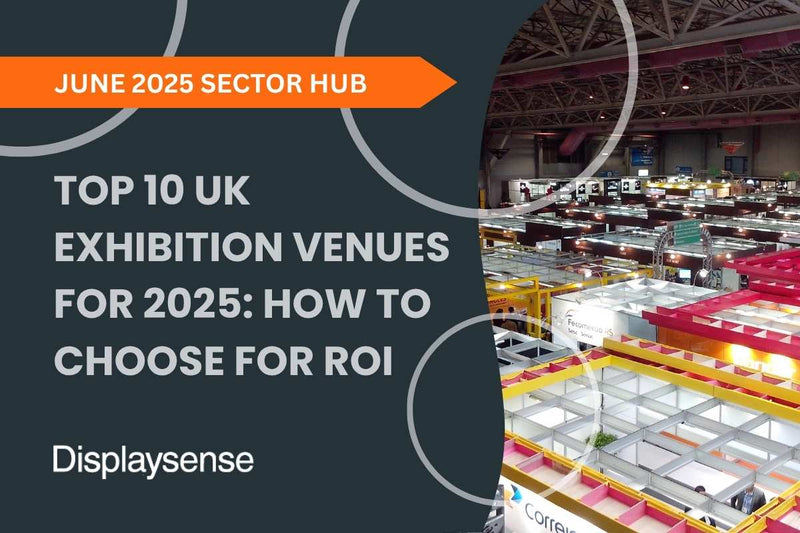Bar Layout Design Tips

Bar Layout Design Tips
A well-designed bar layout is crucial in crafting an inviting and efficient space. It goes beyond aesthetics, serving as the backbone for an establishment's operation and customer experience. The design and arrangement of a bar significantly influence its ambience, functionality, and, ultimately, the satisfaction of both patrons and staff.
From the strategic placement of the bar counter to the thoughtful allocation of storage and preparation areas, every detail contributes to a seamless operation.
Understanding Your Space
Understanding the specific dimensions and characteristics of your space is a crucial initial step in bar design. Assessing factors such as size, shape, and intended capacity sets the stage for all subsequent planning.
Key factors include smooth staff and customer movement, easy access to storage and preparation areas, and intuitive navigation with comfortable seating.
Bar Design: Things to Remember vs. Things to Avoid
| Section | Things to Remember | Things to Avoid |
|---|---|---|
| Bar Counter | • Ergonomics is Essential: Design the bar counter for easy use by both customers and staff. • Balance Form and Function: Ensure the counter is attractive while accommodating necessary equipment efficiently. • Accessible Storage Solutions: Include smart, hidden storage solutions within the counter design for tools, glassware, and beverages to keep the area organised and efficient. |
• Neglecting Workflow: Avoid a layout that hampers the bartender’s ability to move and work efficiently. • Limited Counter Space: Don’t skimp on counter space, which can lead to a cramped working area. • Overlooking Durability: Avoid materials that are difficult to clean or can’t withstand the rigours of a busy bar. |
| Seating | • Diverse Seating Options: Offer a mix of seating types to cater to different preferences. • Space and Comfort: Ensure ample space between seats to avoid crowding. • Durability and Maintenance: Choose materials that are both comfortable and easy to maintain. |
• Uniform Seating: Avoid using only one type of seating. • Ignoring Layout Flow: Don’t place seating where it blocks natural movement. • Overlooking Accessibility: Ensure seating arrangements accommodate everyone, including those with mobility challenges. |
| Toilet | • Adequate Space and Privacy: Provide enough room and privacy. • Easy-to-Clean Surfaces: Opt for durable and hygienic materials. • Efficient Layout: Facilitate quick flow of traffic to prevent queues. |
• Underestimating Capacity Needs: Avoid too few facilities. • Neglecting Maintenance: Don’t skimp on regular checks. • Ignoring Accessibility: Ensure compliance with accessibility standards. |
Optimising for Efficiency
Optimising a bar's layout for efficiency involves strategic placements of the bar, kitchen, and toilets to streamline operations and enhance customer service.
Lighting and Atmosphere
Lighting plays a pivotal role in defining a bar's feeling, setting the mood and even attracting specific clientele. The strategic use of ambient, accent, and task lighting creates a welcoming and flexible atmosphere.
Theme and Décor
The theme and décor of a bar are fundamental in distinguishing it from competitors and creating a unique character. Cohesiveness ensures every element, from furniture to wall art, works harmoniously.
Signage
Effective signage guides customers while reinforcing branding. Snap frames are a versatile solution for highlighting specials, events, or house rules.
Conclusion
When crafting the perfect bar, every element from layout to signage plays a critical role. Balancing practicality with ambience creates a memorable and efficient customer experience.



